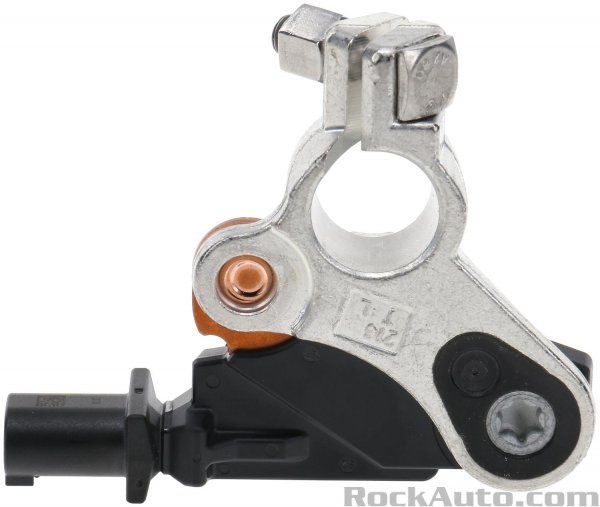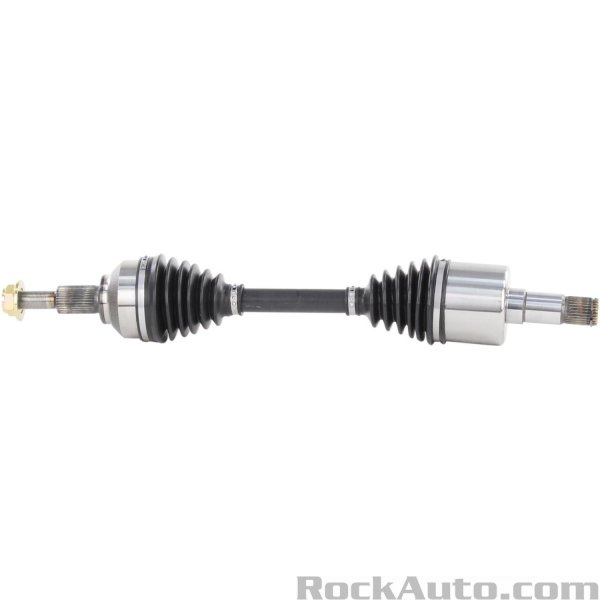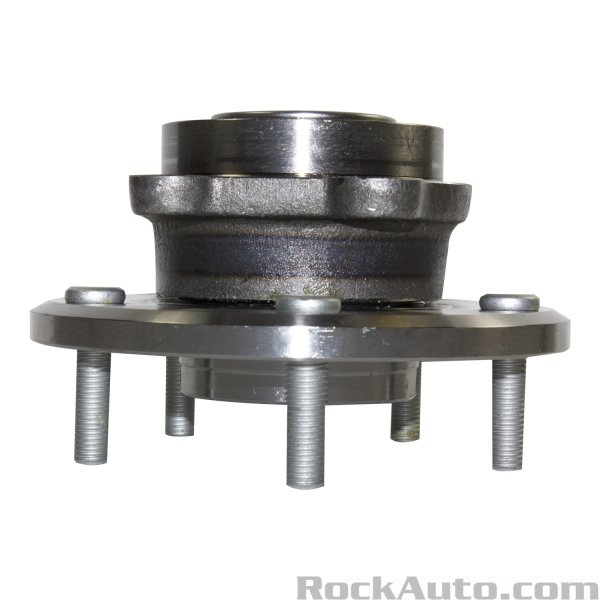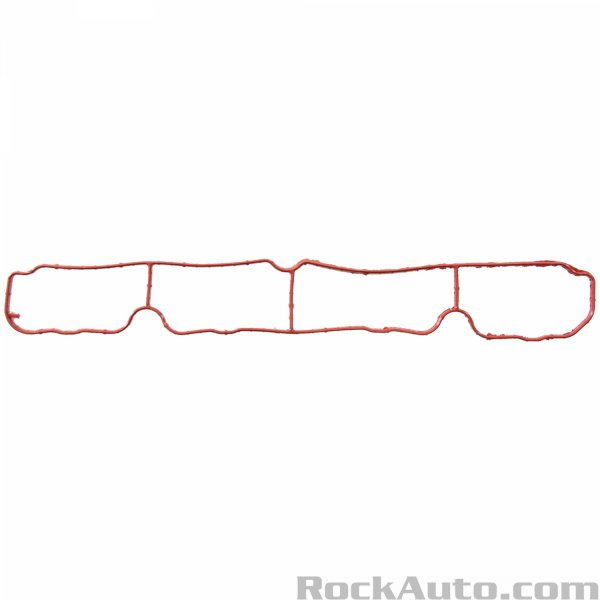-
Posts
1,830 -
Joined
-
Last visited
-
Days Won
186
Content Type
Profiles
Forums
Gallery
Everything posted by John/Horace
-
Glad you got it fixed. You obviously have serious electrical skills. The charging system on the car is pretty sophisticated. If the alternator stops charging and the battery gets low. There is a power conservation sequence to maximize how far you can drive with out damaging car. Electric engine cooling fans are made a priority along with ecm and a few other critical functions. The car radio and heated seats and other frivolous stuff is gradually turned off. The current sensor on negative terminal is possibly part of the charging system monitoring, might be better to keep it functional. The bad can bus splice location would be very helpful for the site; could be an engineering flaw. Pic or verbal description of location would be great. Cheers.
-
Maybe related to this issue.
-
Sounds like a weird problem. Any issues like jump starting car precede this event ? Focus on trouble shooting first, not throwing parts at it. I would be looking at main power fuse for whole car as a start. There is a special current sensor on the negative battery terminal, it it’s zapped would also have a lot of impact. Lightning bolt is not just throttle problem, it’s major electrical fault problem. Start unplugging and resetting plugs on cluster and other main power feeds. Check for continuity on every fuse you can, looking closer at dash feed items. https://www.rockauto.com/en/catalog/dodge,2014,journey,3.6l+v6,3300354,electrical,battery+temperature+sensor,10478
-
Some people have used one of the snake oil addititives for cylinder head cracks, Steelit etc. Temporary fix at best imo.
-

2015 journey throttle body replacement
John/Horace replied to Blufalcon131's topic in Engine & Transmission
Hitachi makes the oem unit. Rock sells it new for a very good price. My son used that route on his 2.4 journey. -
Cylinder misfire is usually plug or coil occasionally bad injector. Even low compression. Carbon build up from driving with a bad spark plug another possibility. Havent heard of cam sensor causing misfire; crank sensor more likely to do that. Some ignition coil electrical grease on plug coil boots is always good during assembly. If coil was arcing you would have seen damage on the rubber cop boot. In 2012 there was some bad cylinder heads that caused problems. Some where changed in warranty. Compression test would show that. How is the glycol, still nice and clear, no bubbles when running with cap off for a minute or so.
-

2015 journey throttle body replacement
John/Horace replied to Blufalcon131's topic in Engine & Transmission
Might be plug and play, calibration not always needed. Doesn’t need a scanner to calibrate. Lots of posts on this if you use search. -
Yeah it’s crazy what these guys make. Must be a market for it. I think member Locosiete with his air ride suspension system has to be add one of these bad boy air horns. He has the compressor and tanks etc already. Horn could also keep up to his killer sound system. Perfect for car meet fun. ? https://hornblasters.com/collections/train-horns/products/mini-outlaw-black-train-horn the-battleship-horn-kits.html
-
If you click on audio file box on the dedicated horn site, it will play the sound of every horn listed Some of the prices are scary. I think it's commercial grade marine stuff, full stainless hardware etc.
-
This site seems very decent, but high end salt water rated type stuff. Florida located; really like their audio sound clips, fun exploring the site. https://hornblasters.com/collections/train-horns/products/mini-outlaw-black-train-horn Amazon is pretty risk free for a cheaper version train horn. Probably not air powered, so more compact. . Easy for returns if isn’t what you expected.
-

Can't get rid of cylinder 4 misfire
John/Horace replied to Saucedup5051's topic in Engine & Transmission
Is valve cover leaking oil on to intake ? I guess it's engine blow by creating the oil film in the intake. Some carbon is often present on the exhaust valves. But too much and it can affect seating of valves. Worn rubber valve stem seals will allow oil in as well, blue smoke puff on start ups too. Newer direct injection cars sometimes have carbon issues (cylinder heads removed to clean out etc). Carbon clogging the rings can also cause oil burning and potential cyl misfires. Motovac is a brand of equipment, there are other systems for top end engine internals cleaning. Down stream cat could be messy as well. If engine internal components have too much wear the carbon will eventually come back I believe. Depends on how excessive oil consumption is. -

Can't get rid of cylinder 4 misfire
John/Horace replied to Saucedup5051's topic in Engine & Transmission
So you are running super test gas and it's slightly better. Interesting. Ethanol is crappy on engines. Sometimes engine top end can have carbon deposits. There is a system called Motovac that hook's to fuel rail and runs engine on straight cleaner. Can fix crappy idle and emissions code issues. Not that expensive. If compression is within 10% of target in cylinder 4, might be worth trying. -
You got it back running, that’s great. Lots of good info for the site from your follow up. Not a lot of people have posted work about the rear diff and coupler. Electro magnet Facebook clip explains a lot. The plug on the rear diff looks like it is the 12 volt supply that engages the vc coupler when called on. I’m pretty sure the bolts can be reused on diff; it’s head gasket and main bearing bolts that are usually one time use design. The side output seals on the rear diff can be changed in place with c/v shafts pulled. Awkward but doable. In salt belt areas the seals seem to rot out and start leaking.
-
I don’t recall seeing one on our 2014, but I was in a hurry changing bearing. It would be hidden in the spindle when assembled now, so not easy to check. The rockauto photos don’t show one, but it could be a generic photo and not an actual 2014 shaft. Either way he is buying a shaft assembly it looks like. Will have to pay closer attention next time; other front still original.
- 37 replies
-
So it’s not the regular metal toner ring with slots, it’s a rubber ring with magnetic inserts. Must be damaged where you can’t see it internally, so new c/v shaft I guess. https://www.google.ca/url?sa=t&rct=j&q=&esrc=s&source=web&cd=&ved=2ahUKEwiyh_nO9vn5AhVXkokEHUh3ArEQFnoECB0QAQ&url=https%3A%2F%2Fwww.amazon.ca%2FMagnetic-Encoding-213132ABS-Chrylser-Challenger%2Fdp%2FB078X1SLFF&usg=AOvVaw2BpMBuZgTkCYG_ih7j-fFD
- 37 replies
-
There is no visible tone ring on c/v shaft, the pic is a awd front left drive shaft, fwd looks the same. It might be inside the rubber boot and get sensed through the rubber, not sure. I have changed them on cars where they are in the open and easily damaged. Turning off traction control switch might allow driving normal speed without pulling fuses for now. I wonder if the wire harness has a damaged wire between the wheel sensor plug and the abs control unit. Or if the abs control unit itself has corrupted firm ware on one of the four channels. Very odd problem.
- 37 replies
-
There must be slots sensor is counting some where, it’s just not obvious. I’m in rust belt but was able to remove front sensor and change a wheel bearing a few weeks ago. Sensors pretty tuff. Was surprised it worked on reinstall. The old old sensor is closer to oem good sensor reading than new NTK. Try taking auto range selection off when measuring the new sensor a second time. I think it is probably very close to value of resistance as the known good oem. If you keep getting 0.47 on new sensor, it could be a bad sensor. Haven’t heard of a learn procedure for an abs sensor before.
- 37 replies
-
Odd problem, I use NTK (basically part of NGK I believe) as a go to vendor often, have never had a problem with their stuff. The rear bearing hub comes with the abs sensor built in and a new cable (see pic). Front bearing has no sensor build in, sensor mounts on the spindle housing. Sensor and cable are an integrated one piece unit as you know. No visible toner ring on c/v like 2late4u is saying. Not sure how it figures out speed, splines in c/v shaft not close enough to measure. A couple of options to play with. Using multi meter measure ohms on the new NTK sensor and compare to another working abs sensor on the journey (could even check the suspect bad sensor if you still have it). It’s possible Mopar oem are slightly different value (I doubt it). It’s also possible you got a faulty sensor from NTK out of the box. Also give the abs wiring a real close look for physical damage; bad time for chip monks, mice chewing on stuff.
- 37 replies
-

Poor heat on outside air/Good heat recirc mode
John/Horace replied to 5rebel9's topic in Climate Control
I think you will be good with the new core now. Was on a Jeep forum and I came across this info about coolant changes from orange HOAT to green glycol. Previous owner of your truck not switching properly may have created your gel/sludge problem. I think staying with orange and doing dump and fill and maybe chemical flush if high milage, might help avoid heater core issues. – For HOAT (orange) coolant engines, NEVER JUST CONVERT TO GLYCOL. This will completely Sluj(R) the system and kill it. Multiple Mopar 04856977AC flushes, run on water for a while, then another flush. – For HOAT coolant engines, you absolutely must not mix or change without aggressive chemical flushing. That includes mixing with any other OAT or glycol. – For HOAT coolant engines, Mopar HOAT or Zerex G-05 -
I look after a 2.4 and a 3.6. I like working on 2.4, but driving the 3.6 is a bit more fun. Both are decent really. The 2.4 is a 2012 with around 100k miles, so coolant manifold(thermostat) crank position sensor and electronic throttle body unit were changed out, brakes all around. Dealer swapped front cat under a recall campaign. Kinda routine maint items and not super expensive if you can diy. Driving style can affect vehicle reliability, teenagers beating on a car does not usually help much. ?
-
Welcome to the forum. You have a first year journey. Curious if it’s the 2.4 or 3.5 and any major repairs that were done. Info that helps the diy people keep their vehicles running. It’s not always the miles that kills off cars, lack of maintenance IMO is the biggest factor. You obvious know how to look after yours. Cheers.
-

dodge journey 3.5 V6 2009 Engine vibration
John/Horace replied to Salah-Belkhodja Abdeslem's topic in Engine & Transmission
Changing timing belt is a very big job, lots of stuff has to come apart. Scanning for codes is always a good starting point. There are so many things that can create vibrations. Even engine mount on front of engine had to be removed to get timing belt covers removed for belt change. -
Most car wiring is 14 gauge multi strand for up to 15 amps, some is 20 amp or 12 gauge wire; around battery is crazy big stuff. I would think defroster would be 20 amp wire in that harness, so using 12 gauge for all the fixes is safe way to go. Voltage drops over distance so bigger gauge is always a little better.










